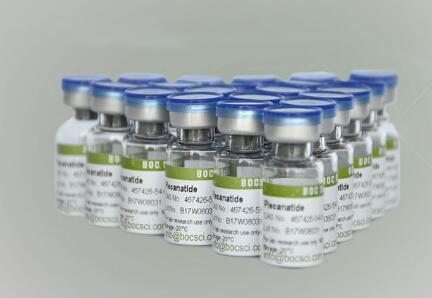|
Quantitative structure–activity relationship (QSAR) is a method to build computational models, which attempts to find a significant correlation in statistics between structure and function. In drug design, structure refers to the molecular property or descriptor, their substituent or the interaction energy field, which corresponds to a biochemical experiment endpoint such as activity, binding affinity, toxicity or rate constant, and the chemometrics methods include multiple linear regression, partial least squares, principal component analysis, and so on. QSAR has been developed for more than one hundred years as valuable tools for prediction, especially in the design of pharmaceuticals and agrochemicals. The method has been developed from the one-dimensional or two-dimensional linear free-energy relations of Hansch and Free-Wilson to sixth-dimensional QSAR of Vedani. For example, biological activity can be quantitatively expressed as the concentration of a substance, and if physicochemical properties or structures are expressed by numbers, the mathematical expression can then be used to predict the modeled response of chemical structures. |

